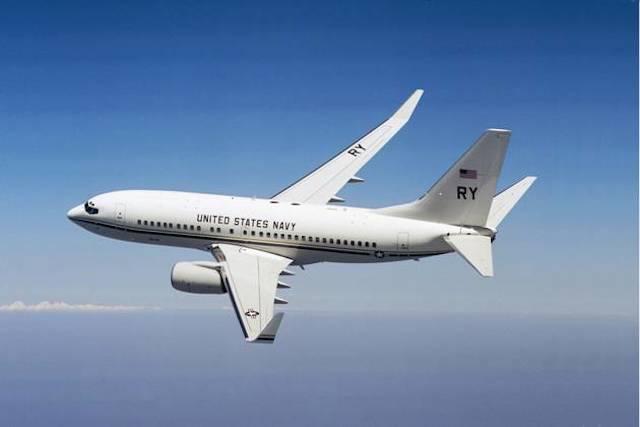As Boeing C-17 production winds down next year, company officials have revived a global marketing campaign to sell a military version of the 737-based Boeing Business Jet that can haul passengers and cargo.
The C-40A Clipper entered service in 2001 with the US Navy, with 13 delivered to date. The commercial version, designated the 737-700C, has also been ordered by three airlines, with three delivered to date.
Now Boeing is marketing the military variant as an alternative to the Lockheed Martin C-130J Hercules in Africa and other developing markets, says Paul Oliver, vice-president of Boeing International for the Middle East and Africa.
"This is kind of our C-40A coming out party," Oliver says.

It revives a military mobility product line-up even as C-17 production is scheduled to shut down in 2015. Asked if the new push on the C-40A represents Boeing’s post-C-17 strategy for the mobility market, Oliver agrees.
“I think that’s probably a fair statement,” he says. “We’re not exiting the mobility market.”
Boeing announced the new C-40A campaign at the Africa Aerospace and Defence show. Host nation South Africa is considering the Airbus A400M Atlas and the C-130J for a long-delayed acquisition programme.
The C-40A, with an installed forward cargo door, can carry 121 passengers for transport missions or eight pallets on a cargo mission. The cabin can also be configured to carry 70 passengers and three pallets, with a maximum range of 3,200nm (5,930km).
Boeing derived the C-40A design from the BBJ platform, which combines the fuselage of the 737-700 and the wing of the 737-800. It added the forward cargo door and a Class C forward cargo hold to the C-40A.
Oliver concedes the C-40A is not a tactical airlifter, so it is unable to land on unimproved runways or perform aerial drops of cargo or paratroops.
A list price has not been set, but Oliver estimates it wall fall within a range of $80-$85 million. In addition to military customers, Boeing is also marketing the aircraft to commercial operators that could provide airlifts to governments as a service, he says.
Although it replaces the C-17A as Boeing’s primary mobility product for sale after next year, the C-40A itself has a short shelf life.
Last week, Ryanair disclosed that it would take delivery of the last next-generation 737 aircraft from Boeing’s production line in the second quarter of 2019.
Boeing will begin phasing the 737 Max family into production in 2017, replacing the 737NG family completely before the end of the decade.
So far, Boeing has no announced plans to replace the version of the BBJ based on the fuselage of the 737-700 and the wing of the 737-800, meaning the C-40A’s production life is scheduled to end in mid-2019.
Source: Flight International


























